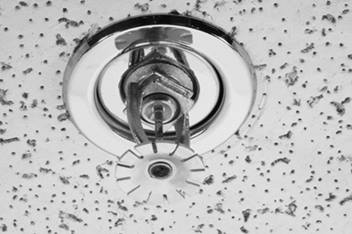Fire Safety for Children
When a house fire starts, children can become very afraid and confused. They may not understand what is happening or how they should react. With as little as two minutes to escape unharmed, there is not enough time to plan a safe escape route when the alarm sounds. Therefore, it is important for parents to maintain working smoke alarms in the home, teach children what to do in case of a fire, and regularly practice a home fire escape plan.
Children and Fire Facts
- Children are at great risk for injury in a home fire and are one of the groups with the highest number of fire-related deaths.
- More than 400 children younger than 10 years die in home fires every year.
- Young children, especially those younger than 5 years, cannot be relied on to escape from a fire on their own.
- Many children have a hard time waking up to the sound of a tonal smoke alarm. At night, they may sleep right through the alarm. More than half of children younger than 5 years who die in house fires are asleep at the time.
- When a fire starts, children often become scared and confused. They tend to hide somewhere they feel safe, such as in a closet or under the bed.
- Even older children do not always make smart choices during a fire emergency. They can panic or become afraid. They may try to return to the burning house after they have escaped for something they left behind.
Prevention Tips
- Install smoke alarms on every level of the house and outside every sleeping area.
- Parents should also install smoke alarms in each bedroom.
- Test the smoke alarms monthly to check that they are working. This will also help children become familiar with the sound of the alarm.
- Develop and practice a fire escape plan at least two times a year (during the day and at night).
- Make sure the plan includes which adult will help each young child escape safely.
- Show children how to crawl low to the ground with their mouths covered if there is smoke and to feel for a hot door before exiting a room.
- Teach children never to hide from firefighters.
- Teach children to NEVER return to a burning building.
- Children’s sleepwear is required to be flame-resistant or snug fitting. Only allow your children to sleep in pajamas, not “day wear,” such as T-shirts or sweatpants.
- Teach children to STOP, DROP, and ROLL if their clothing catches on fire.



